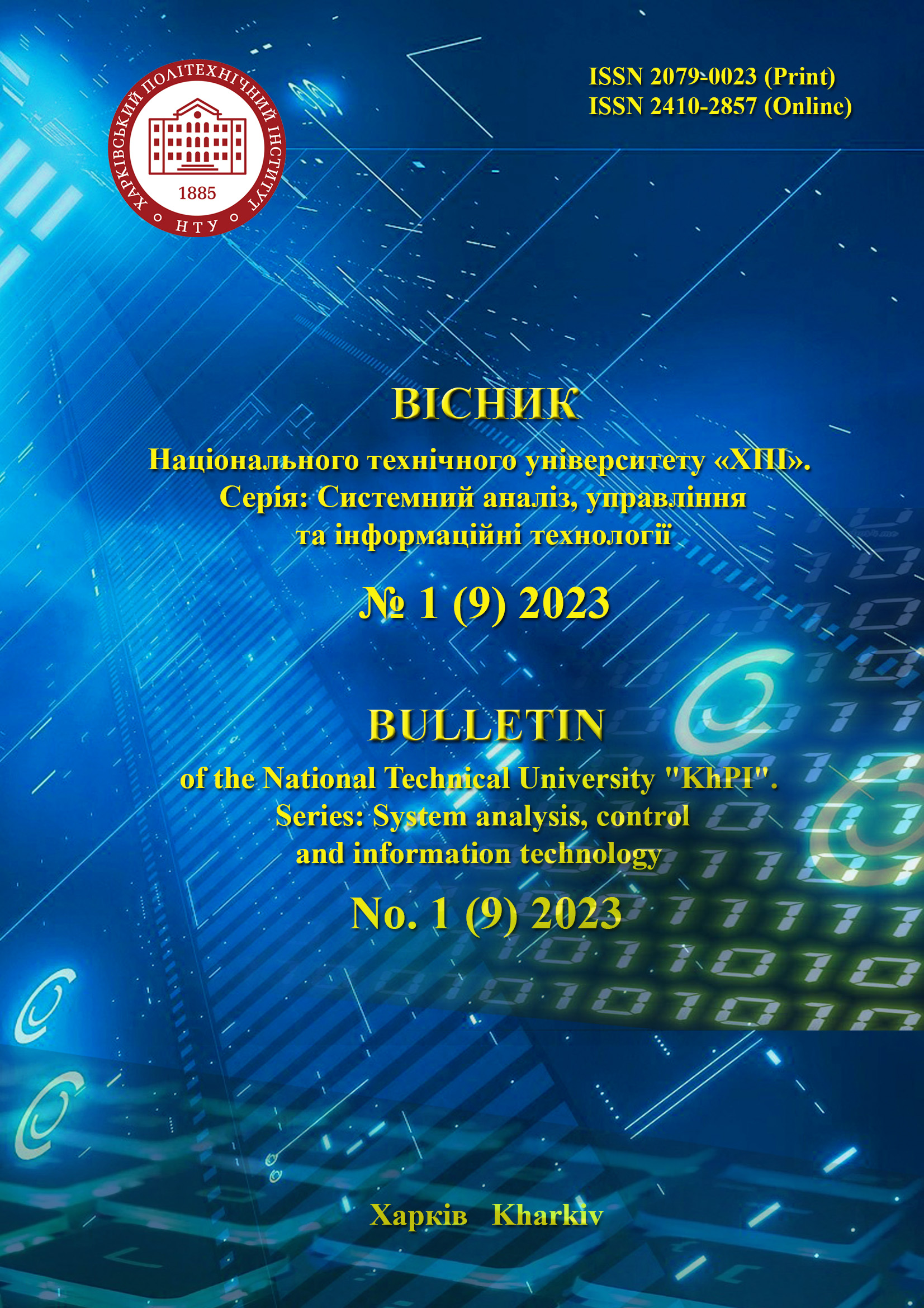THE CONCEPTUAL MENTAL MODEL OF EXPLANATION IN AN ARTIFICIAL INTELLIGENCE SYSTEM
DOI:
https://doi.org/10.20998/2079-0023.2023.01.11Keywords:
explanation, artificial intelligence system, understandable artificial intelligence, dependencies, mental model, causal dependenceAbstract
The subject of research is the process of formation of explanations in artificial intelligence systems. To solve the problem of the opacity of decision-making in artificial intelligence systems, users should receive an explanation of the decisions made. The explanation allows you to trust these solutions and ensure their use in practice. The purpose of the work is to develop a conceptual mental model of explanation to determine the basic dependencies that determine the relationship between input data, as well as actions to obtain a result in an intelligent system, and its final solution. To achieve the goal, the following tasks are solved: structuring approaches to building mental models of explanations; construction of a conceptual mental model of explanation based on a unified representation of the user's knowledge. Conclusions. The structuring of approaches to the construction of mental models of explanations in intelligent systems has been carried out. Mental models are designed to reflect the user's perception of an explanation. Causal, statistical, semantic, and conceptual approaches to the construction of mental models of explanation are distinguished. It is shown that the conceptual model sets generalized schemes and principles regarding the process of functioning of the intellectual system. Its further detailing is carried out on the basis of a causal approach in the case of constructing an explanation for processes, a statistical approach when constructing an explanation about the result of the system's work, as well as a semantic approach when harmonizing the explanation with the user's basic knowledge. A three-level conceptual mental model of the explanation is proposed, containing levels of concepts regarding the basic principles of the functioning of the artificial intelligence system, an explanation that details this concept in an acceptable and understandable way for the user, as well as basic knowledge about the subject area, which is the basis for the formation of the explanation. In a practical aspect, the proposed model creates conditions for building and organizing a set of agreed explanations that describe the process and result of the intelligent system, considering the possibility of their perception by the user.
References
Engelbrecht Andries P. Computational Intelligence: An Introduction. NJ: John Wiley & Sons, 2007. 632 р.
Castelvecchi D. Can we open the black box of AI? Nature News 2016. Vol. 538 (7623). P. 20.
Tintarev N., Masthoff J. A survey of explanations in recommender systems. The 3rd International workshop on web personalisation, recommender systems and intelligent user interfaces (WPRSIUI'07). 2007, pp. 801–810.
Gunning D., Vorm E., Wang J., Turek M. DARPA's explainable AI (XAI) program: A retrospective. Applied AI Letters. Vol. 2, no. 4, 2021. DOI: https://doi.org/10.1002/ail2.61.
Gilpin L. H., Bau D., Yuan B. Z., Bajwa A., Specter M., Kagal L. Explaining Explanations: An Overview of Interpretability of Machine Learning. arXiv:1806.00069. 2018.
Miller T. Explanation in artificial intelligence: Insights from the social sciences, Artificial. Intelligence. 2019. Vol. 267 P. 1–38.
Chi M., de Leeuw N., Chiu M., Lavancher C. Eliciting self-explanations improves understanding. Cognitive Science. 1994. Vol.18. P. 439–477.
Carey S. The origin of concepts. New York: Oxford University Press. 2009. 608 p.
Holyoak Keith J., Morrison Robert G. The Oxford Handbook of Thinking and Reasoning. Oxford University Press, 2012. 864 p.
Chalyi S., Leshchynskyi V., Leshchynska I. Deklaratyvno-temporalnyi pidkhid do pobudovy poiasnen v intelektualnykh informatsiinykh systemakh [Declarative-temporal approach to the construction of explanations in intelligent information systems]. Visnyk Nats. tekhn. un-tu "KhPI": zb. nauk. pr. Temat. vyp. Systemnyi analiz, upravlinnia ta informatsiini tekhnolohii [Bulletin of the National Technical University "KhPI": a collection of scientific papers. Thematic issue: System analysis, management and information technology]. Kharkov, NTU "KhPI" Publ., 2020, no. 2(4), pp. 51–56.
Halpern J. Y., Pearl J. Causes and explanations: A structural-model approach. Part II: Explanations. Available at: https://arxiv.org/pdf/cs/0208034.pdf (accessed 11.05.202).
Chalyi S., Leshchynskyi V. Temporal representation of causality in the construction of explanations in intelligent systems. Advanced Information Systems. 2020, vol. 4, no 3, pp. 113–117.
Downloads
Published
How to Cite
Issue
Section
License

This work is licensed under a Creative Commons Attribution 4.0 International License.
Authors who publish with this journal agree to the following terms:
- Authors retain copyright and grant the journal right of first publication with the work simultaneously licensed under a Creative Commons Attribution License that allows others to share the work with an acknowledgement of the work's authorship and initial publication in this journal.
- Authors are able to enter into separate, additional contractual arrangements for the non-exclusive distribution of the journal's published version of the work (e.g., post it to an institutional repository or publish it in a book), with an acknowledgement of its initial publication in this journal.
- Authors are permitted and encouraged to post their work online (e.g., in institutional repositories or on their website) prior to and during the submission process, as it can lead to productive exchanges, as well as earlier and greater citation of published work (See The Effect of Open Access).


